Save the Date: 11 Biotech Stocks to Put on Your Radar
Here are 11 biotech stocks and pharmaceutical companies to watch over the next few months.


This is the time of year when stocks are sleepy at best, and at worst, prone to pullbacks.
That’s not necessarily true of all equities, however. Some groups are very active and perform quite well in the summer months. Pharmaceutical stocks – and especially biotech stocks – fare pretty well this time of year.
Part of that cyclical strength stems from how the Food and Drug Administration schedules key decision-making dates for new drugs. Another part of it may be the result of recurring industry conferences, where many drug-development updates are unveiled.
Here are 11 biotech stocks and pharmaceutical companies to watch over the next few months. Because biotechnology companies’ shares tend to hinge heavily on product updates, this seasonal tide of news could move their respective stocks well before (and even long after) the day the news is posted. Just be cautious; smaller biotechnology stocks with one or just a couple of trial products can move drastically on new data – for better or for worse.
Data is as of May 29.
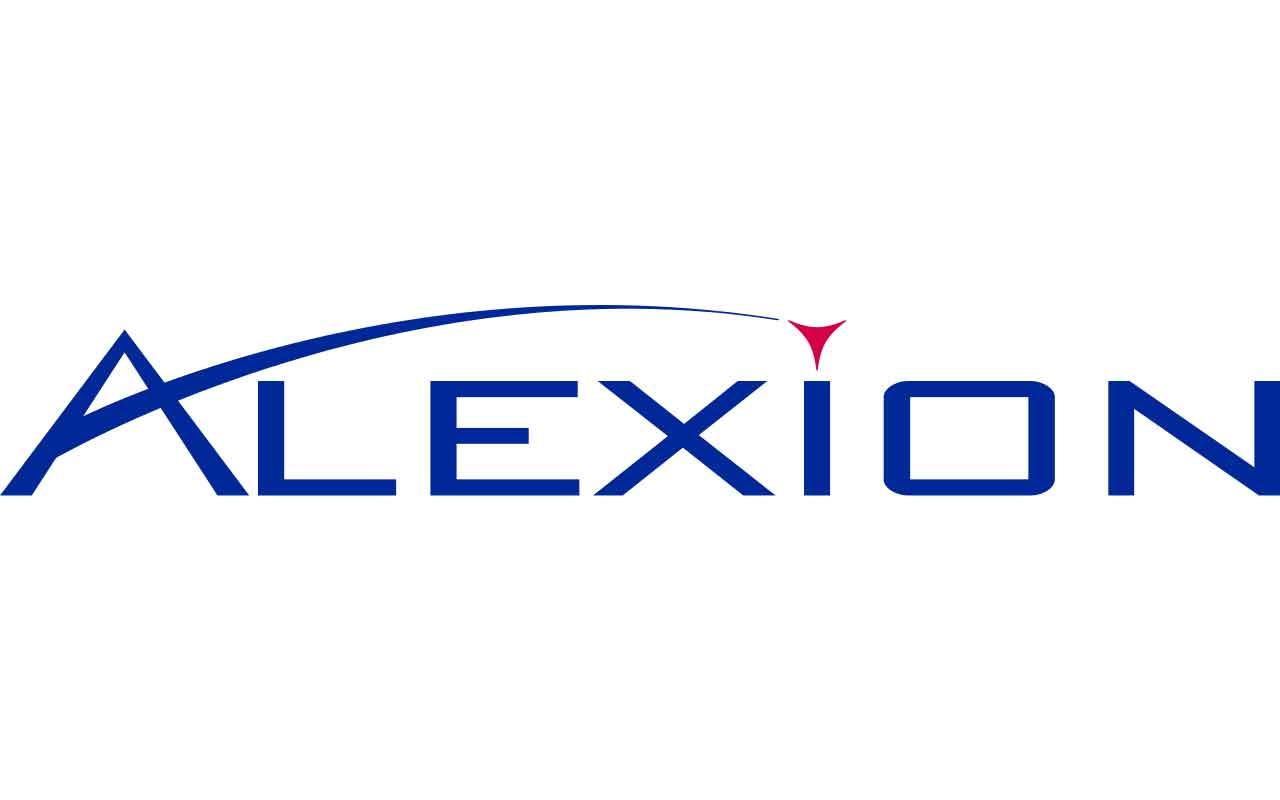
Alexion Pharmaceuticals
- Market value: $27.2 billion
Neuromyelitis optica spectrum disorder (NMOSD) typically isn’t discussed outside of the circles of people directly impacted by it. Indeed, most people struggle to retain and even say its full name.
But that relative obscurity is also the root of its opportunity.
- Alexion Pharmaceuticals (ALXN, $121.30) is a specialty pharmaceuticals firm that is really coming into its own. Analysts expect sales growth of 15% this year, which should drive a 19% jump in profits to $9.46 per share. (2020 profits are forecast to hit $10.73.) ALXN even trades for a more-than-reasonable forward-looking price-to-earnings ratio of less than 12.
Alexion’s eculizumab – which is marketed as Soliris and already approved as a treatment for handful of mostly under-addressed ailments – has been and should continue to be a key part of that growth.
Sales of Soliris grew 20% year-over-year to $962 million in its most recent quarter. If it gets the green light as a means of treating NMOSD – the FDA has set an “action date” of June 28 – Leerink Partners analyst Geoffrey Porges believes that could add $500 million to $700 million in sales every year. For a company whose 2018 revenues totaled $4.1 billion, that’s a big number.
Neuromyelitis optica spectrum disorder, by the way, is an inflammatory disorder that can destroy the protection lining of optic nerves and the spinal cord. There’s no approved therapy for the condition, leaving the market entirely to Alexion if the FDA gives it the nod.
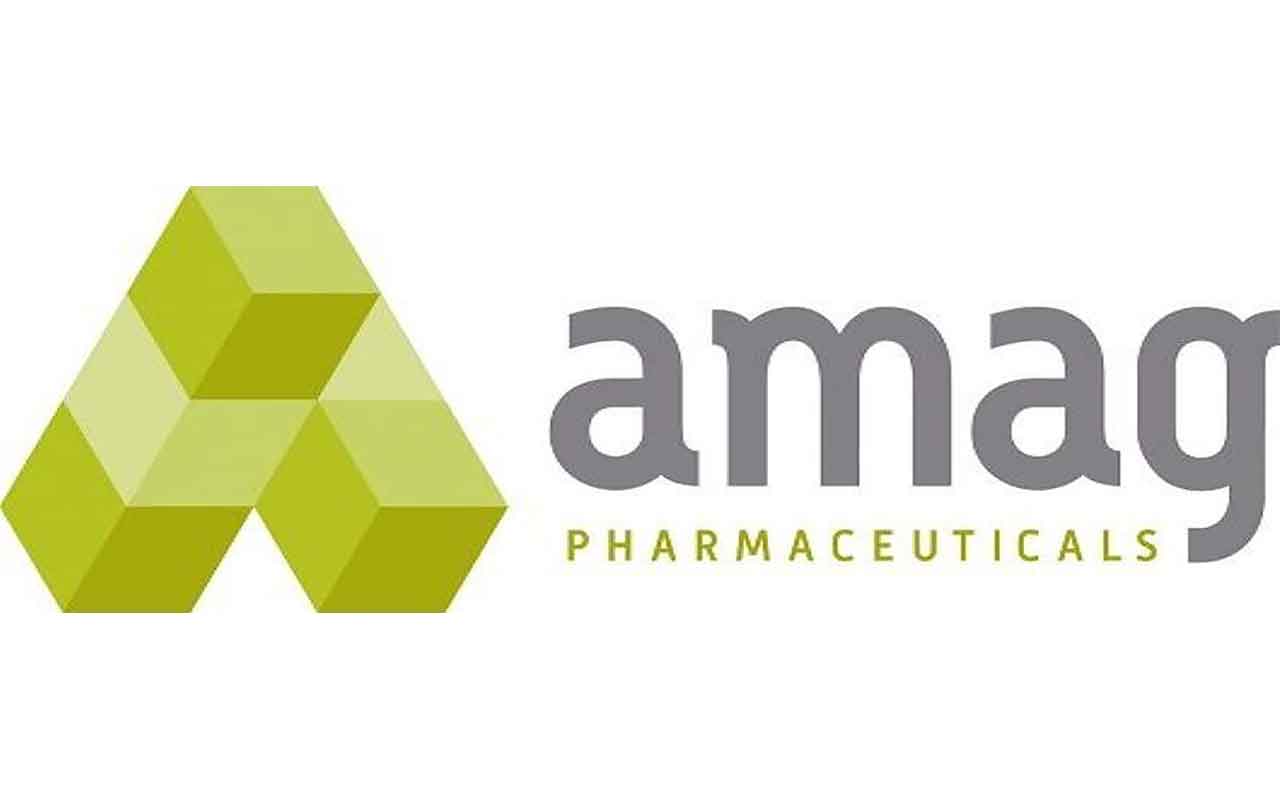
AMAG Pharmaceuticals/Palatin Technologies
- Market value: $315.0 million (AMAG)/$280.2 million (Palatin)
- AMAG Pharmaceuticals (AMAG, $9.33) and Palatin Technologies (PTN, $1.38) have already been put off by the FDA once. However, assuming it doesn’t happen again, the companies will finally hear the agency’s final ruling on female sexual dysfunction treatment bremelanotide (marketed as Vyleesi) on June 23.
This has been a tricky one.
Sprout Pharmaceuticals brought Addyi – often called the “female Viagra” – to the market in 2015, and expectations were high. Sales of the drug never quite lived up to the hype, however. Options such as estrogen have been more utilized since then, but an actual “cure” remains elusive. Even abating the underlying symptoms has proven difficult.
Vyleesi could prove to be a success as a treatment for hypoactive sexual desire disorder (HSDD) where other options have fallen flat. Although the subcutaneous injection format still causes concern about its marketability, more than 90% of the women in the Phase 3 trial acknowledged the self-injection pen was acceptable to use. Better yet, the injection isn’t needed daily; it only needs to be administered before intercourse.
Peak annual sales estimates for Vyleesi currently vary from $800 million to $1 billion. That wouldn’t be noticeable at a Big Pharma firm, but even splitting that revenue equitably between AMAG and Palatin would offer a noticeable boost for both small-cap biotech stocks.
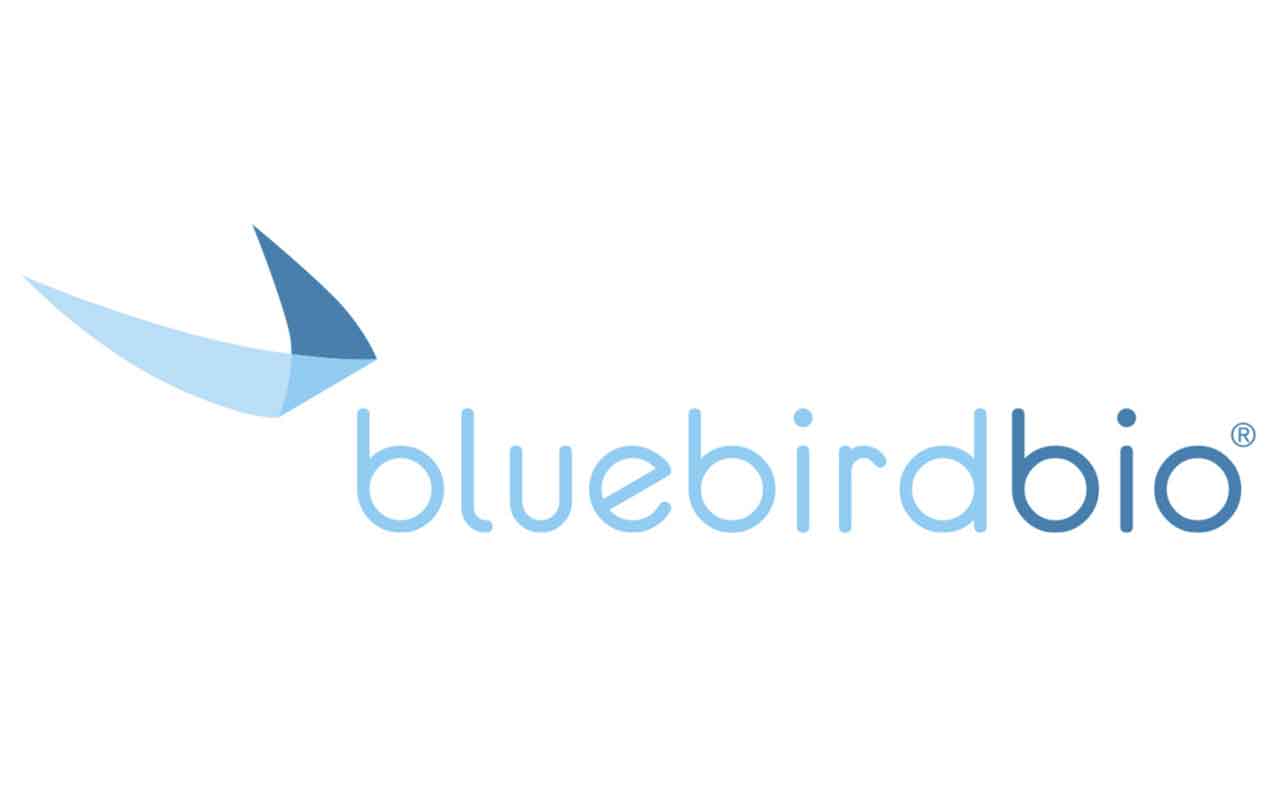
Bluebird Bio
- Market value: $6.7 billion
Keep your eyes and ears open on June 14 for a Phase 3 trial update on Zynteglo (formerly LentiGlobin) as a treatment for transfusion-dependent β-thalassemia, a blood disorder. That’s when Bluebird Bio (BLUE, $122.25) will be presenting its most recent data on the drug at this year’s European Hematology Association Congress.
Thalassemia is a genetic disease that prevents the flow of oxygen in a human body by suppressing the functionality of hemoglobin. Its chief symptom is chronic anemia, though the condition can cause myriad other problems too. Transfusion-dependent β-thalassemia, or TDT, is a more severe form of the disease, also characterized by anemia, but also requiring constant blood transfusions. Even then, these patients can suffer from too much iron in the blood, and ultimately face shorter lifespans.
Zynteglo looks promising so far. In Phase 1/2 testing, the gene therapy was able to cut the sickling of red blood cells between 30% and 60%, which the company believes is statistically significant enough to suit regulators.
β-thalassemia isn’t a terribly common ailment, affecting only about one in every 100,000 people. It’s even rarer in the United States; it’s more commonly found in Asia and the Middle East. But it’s an underserved market, which typically translates into a sizable opportunity. Jefferies estimates that sales of Zynteglo as a thalassemia therapy could approach $700 million by 2026. If it’s also approved as a treatment for sickle cell disease, that peak revenue figure could exceed $1 billion.
For a biopharma company that doesn’t yet have a single product on the market, the EHA presentation could easily push its shares higher – or lower, depending on the outcome.
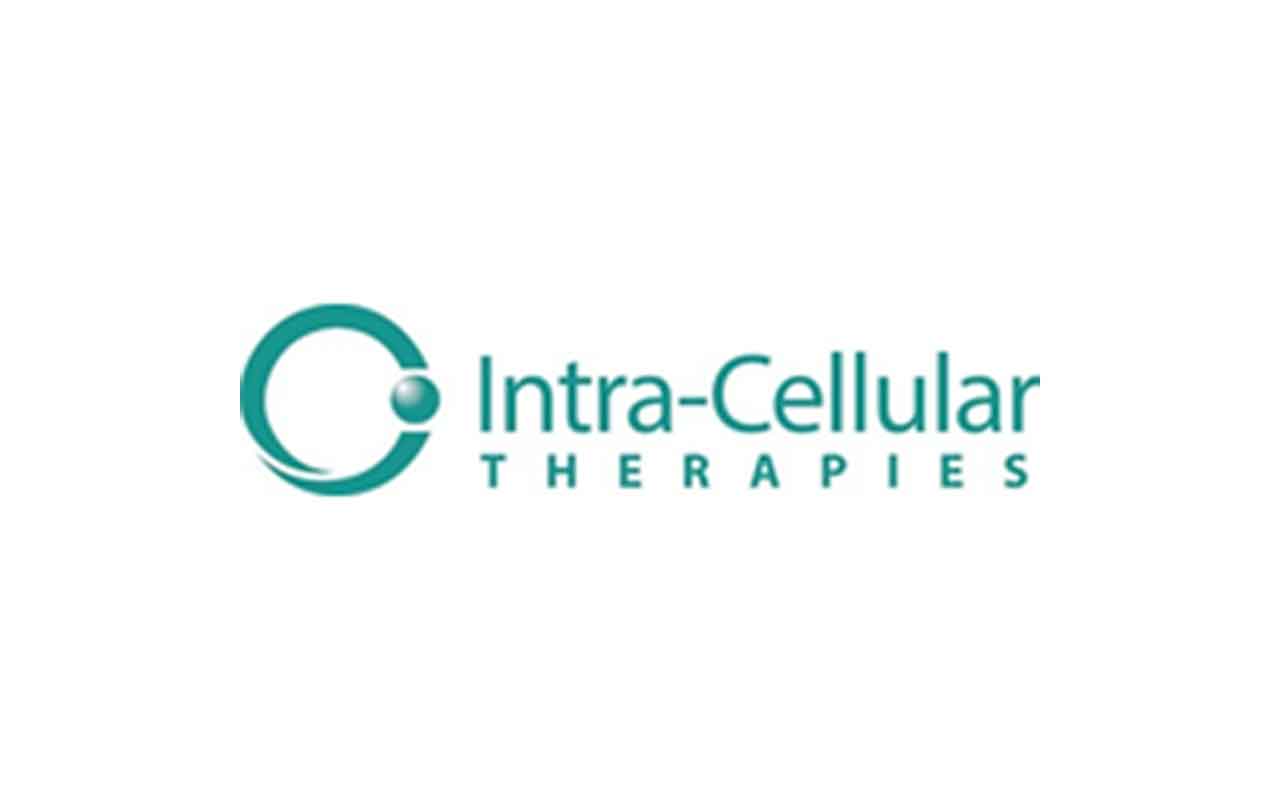
Intra-Cellular Therapies
- Market value: $709.6 billion
- Intra-Cellular Therapies (ITCI, $12.87) isn’t a household name. With a market cap just above $700 million and no revenues to speak of, it’s unlikely many investors have heard of it. But a few have – and that number may start growing by the end of June.
ITCI has several trials underway, all of which are being updated on a pretty regular basis. Case in point: In late May, at this year’s American Psychiatric Association (APA) meeting, Intra-Cellular Therapies presented its most recent data from its trial of ITI-007, also called lumateperone, as a treatment for schizophrenia. The company still is working with a PDUFA date – a deadline under the Prescription Drug User Fee Act for the FDA to review a drug – of Sept. 27 for that particular trial’s indication.
But investors should get important news before that. Intra-Cellular Therapies confirmed in its first quarter report that it would offer an update of Studies 401 and 404 – both of which are tests of lumateperone as a treatment for bipolar depression – before the end of the current quarter. If all goes as well as hoped in this third stage of drug testing, ITCI says it expects to file for FDA approval during the second half of 2019.
That may well happen around the same time the FDA makes the call on the same drug as a treatment for schizophrenia.
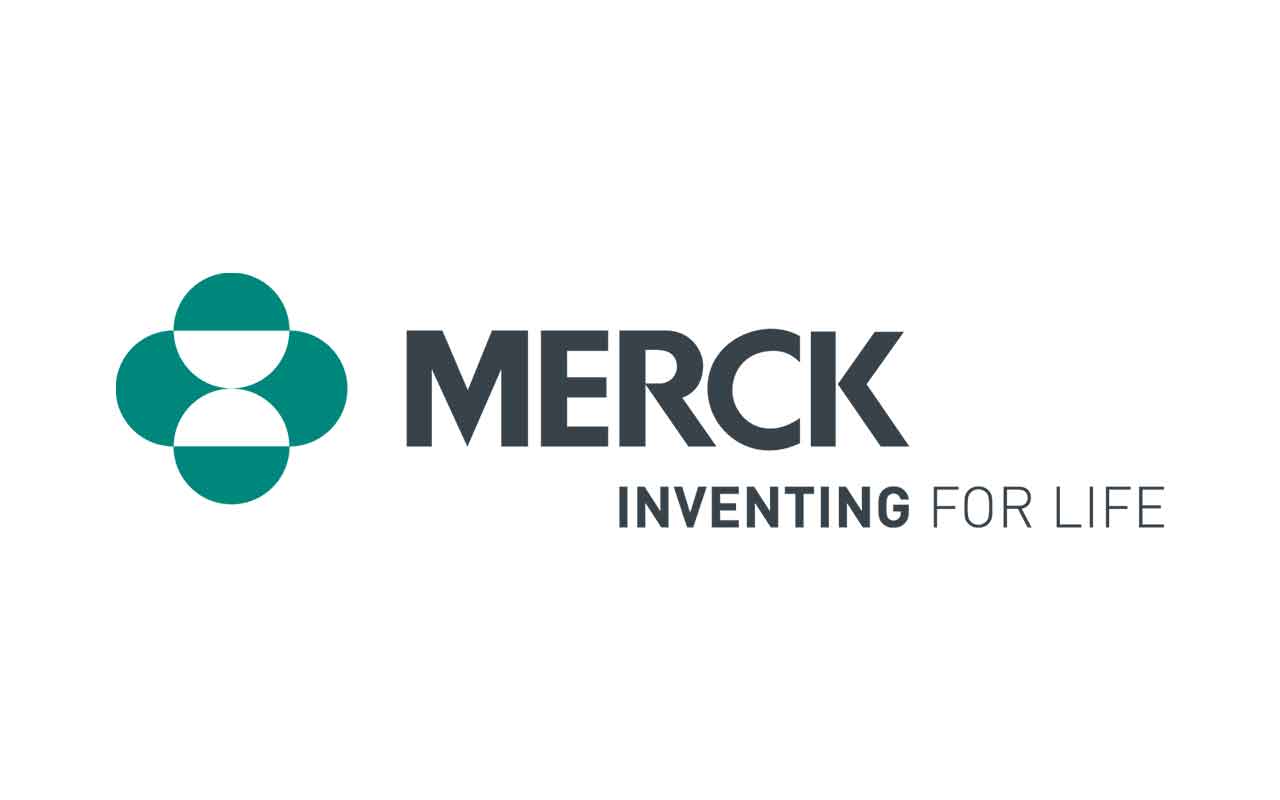
Merck
- Market value: $204.3 billion
- Merck (MRK, $79.36) is a drug giant with a huge portfolio of marketable products, so one or even two more approved drugs likely would not make a meaningful impact on the stock’s price.
When the drug in question is Keytruda though, anything’s possible.
It’s been something of a wonder drug. Keytruda was first approved in September 2014 as a treatment for advanced melanoma in September. Since then, the anti-PD-1 antibody has been approved for 18 more indications. Although many of them are closely related conditions, the therapy has shown efficacy as a treatment of renal, gastric, cervical, and head and neck cancers, as well as a treatment of Hodgkin lymphoma and Merkel cell carcinoma. The PD-1 checkpoint pathway has proven a solid means of making sure cancerous cells are unable to “hide” from the body’s own immune system. As a result, Keytruda sales have exploded, hitting nearly $7.2 billion in 2018 alone.
Merck still is developing the drug, too. The FDA is mulling not one but two more drug approval requests for Keytruda. On June 10, the FDA will decide whether the drug is a fit first-line treatment for head and neck squamous cell carcinoma, and on June 17, the FDA will make its final call on Keytruda as a treatment of a different category of small cell lung cancer (SCLC) it’s not already approved for.
Neither is guaranteed approval. But the fact that the FDA has given both requests a priority review suggests the regulator isn’t thrilled with any existing treatment option for either indication.
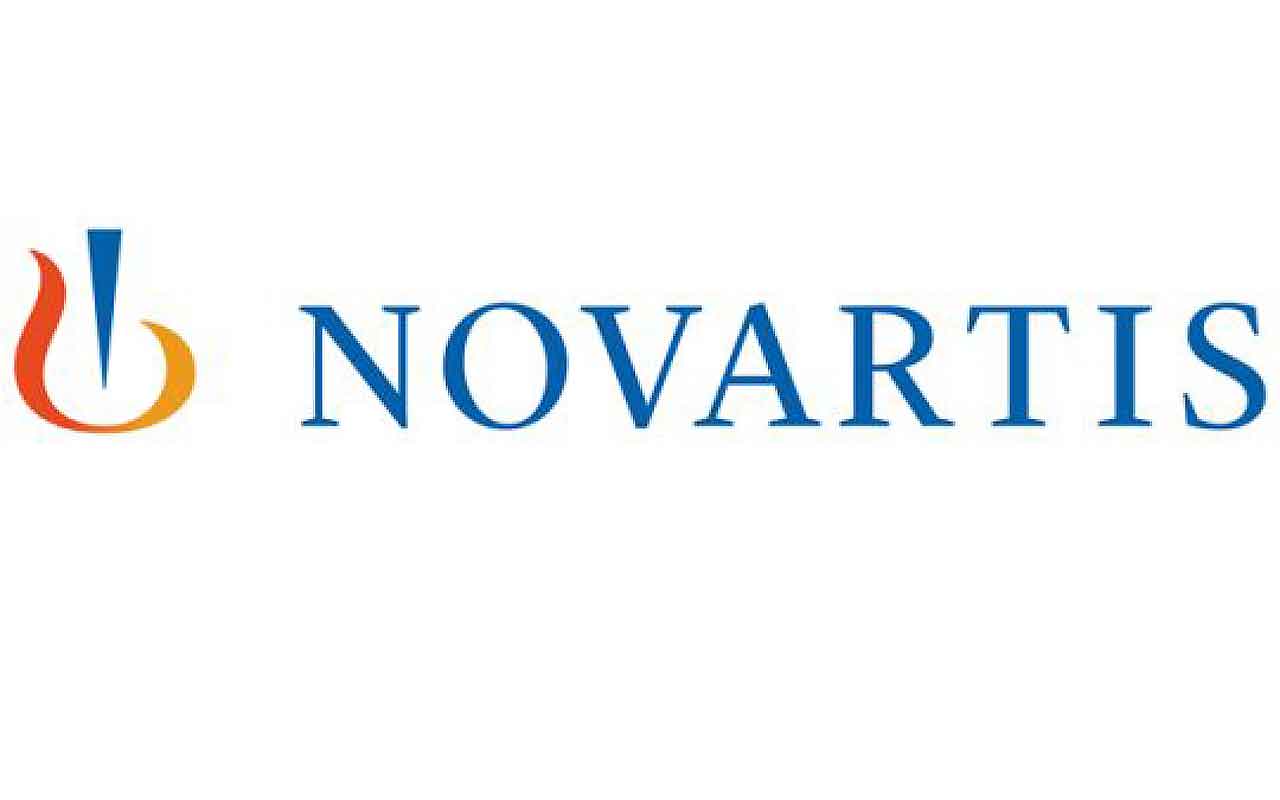
Novartis AG
- Market value: $196.9 billion
There’s no hard-and-fast date for Novartis AG (NVS, $85.81) to dish an update on its Phase 3 trial of secukinumab (better known as Cosentyx) as a treatment for psoriatic arthritis. In fact, technically speaking, the company didn’t even confirm it would announce the trial’s completion, or supply any color on its results if and when it did. Novartis only has said the trial would wrap up sometime during Q2 of this year.
It would be unusual if Novartis didn’t serve up some sort of press release on the matter, however, even if only to tell investors exactly when they may expect some more concrete information. And there’s only a month left in the organization’s touted timeframe.
Psoriatic arthritis is a relatively crowded arena. With roughly $12 billion worth of sales up for grabs treating a disease that is no longer all that tough to treat, most of the major names have put something on the table.
Cosentyx has a shot at becoming a standout in that crowded field.
Already approved as a treatment for plaque psoriasis and for psoriatic arthritis in patients that also suffer ankylosing spondylitis, the drug has proven itself safe. Now, Novartis thinks that the success of its first and only fully human inhibitor of the cytokine IL-17A (which can cause inflammation and bring on related diseases) for other indications can translate into a wider usage profile.
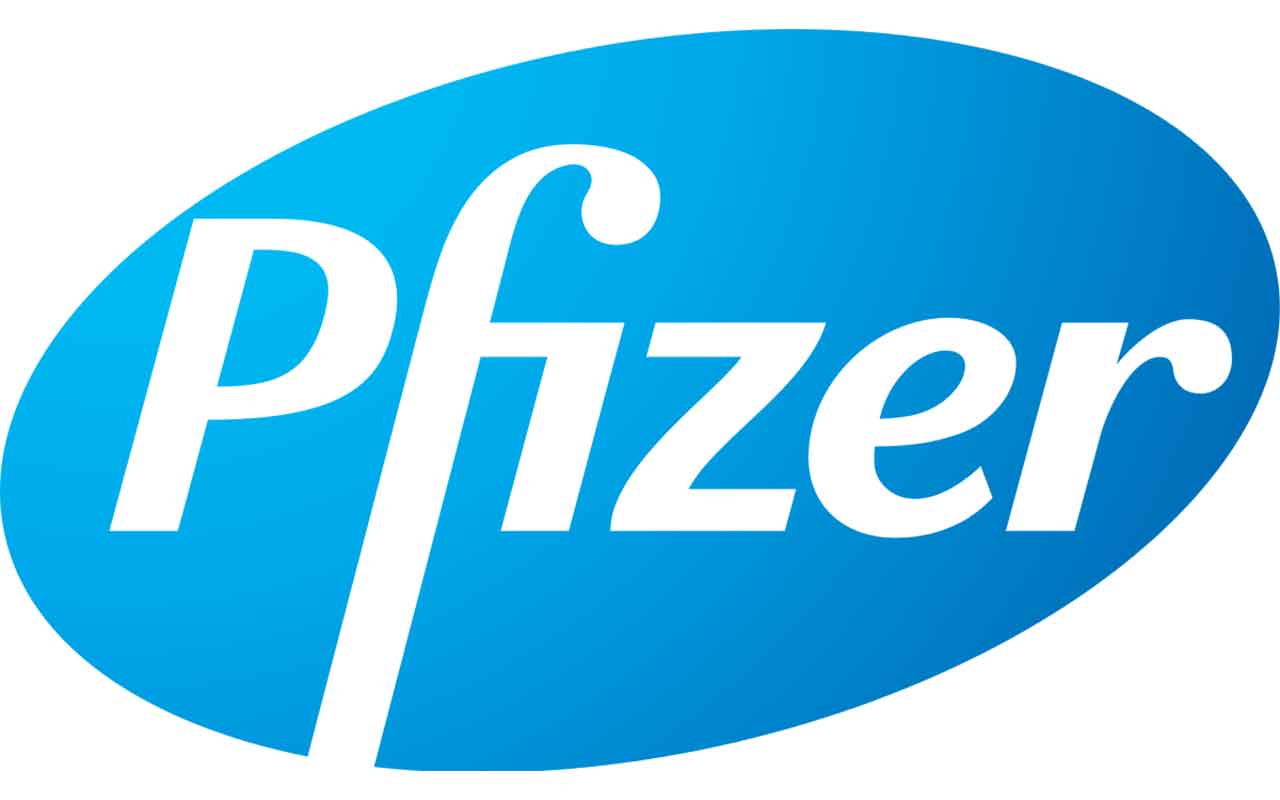
Pfizer
- Market value: $232.0 billion
So-called biologic drugs used to be less vulnerable to the loss of patent protection than more conventional, chemically formulated drugs. Even if a rival pharmaceutical company could replicate a production process using the living cells necessary to make more complex molecular structures, yielding a product comparable enough to the original to satisfy the FDA was historically a challenge.
Time, money and technological advances have changed that dynamic. Now, savvy biopharma outfits have become proficient at the science of making biologic drugs that are just as effective – even if not identical – to the original. Since the FDA approved the first one in 2015, a race of “biosimilars” has been underway.
- Pfizer (PFE, $41.72) is ready to write the next chapter of the biosimilar saga.
No firm date has been given for its biosimilar version of Genentech-made cancer treatment Avastin, but the FDA’s decision on bevacizumab’s safety and effectiveness (in other words, its similarity) is expected to come sometime during the second quarter. Pfizer has already planned to begin marketing the product as early as mid-July, presuming it will win the regulatory green light it needs.
Genentech has already filed a patent-violation lawsuit, of course. But such suits have mostly faltered thus far. They’re more often recognized by the courts as a means of disrupting potential competition rather than making a legitimate legal claim.
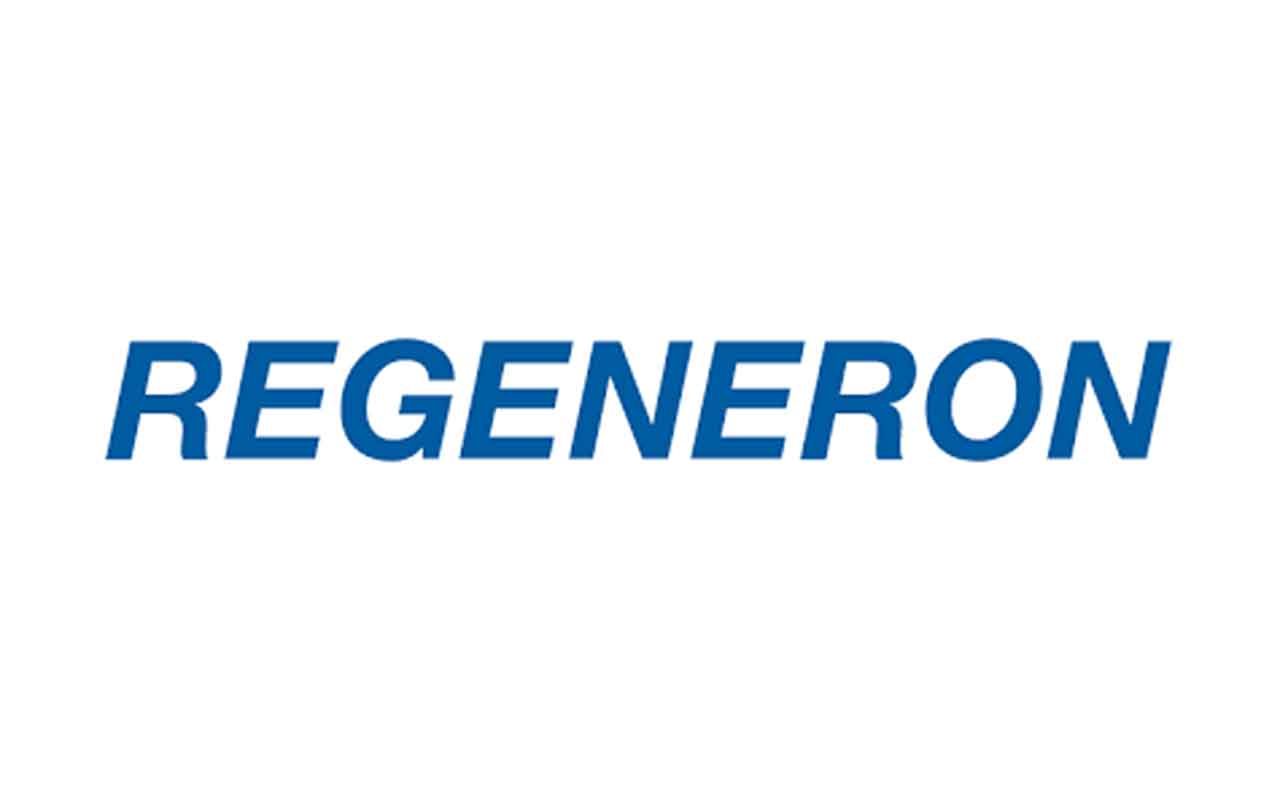
Regeneron Pharmaceuticals/Sanofi
- Market value: $33.7 billion (Regeneron)/$101.9 billion (Sanofi)
Dupixent, also called dupilumab, has already been approved for multiple indications, including asthma and adolescent dermatitis. It’s best known as a therapy for eczema, though, which was its first and most important approved use.
Another big approval is on the table. Shareholders of co-developers Regeneron Pharmaceuticals (REGN, $307.78) and Sanofi (SNY, $40.82) may want to mark June 26 on their calendar, as that’s the day the FDA will make its final yea-or-nay decision on Dupixent as a treatment for nasal polyps.
It’s an admittedly obscure and non-life-threatening condition. Nasal polyps are, just as suggested, non-cancerous polyps that grow within the nasal cavity that can create a variety of nagging symptoms like postnasal drip, pain, uncomfortable pressure and even nosebleeds. Nasal polyps also are, unsurprisingly, often linked to asthma, immune disorders and allergies – other conditions that Dupixent has been approved to treat. If the symptoms and underlying causes go hand-in-hand, that bodes well for the drug’s chances in late June.
It’s not a big market; nasal polyps only affect about 10 million people in the U.S. But it’s an underserved market that Regeneron and Sanofi could readily control if they secure approval. And given that the drug as a nasal polyp treatment is under priority review, the FDA’s current bar is set relatively low.
The real upside is that nasal polyp patients could be introduced to a drug that also abates other conditions they may already suffer from, and vice versa.
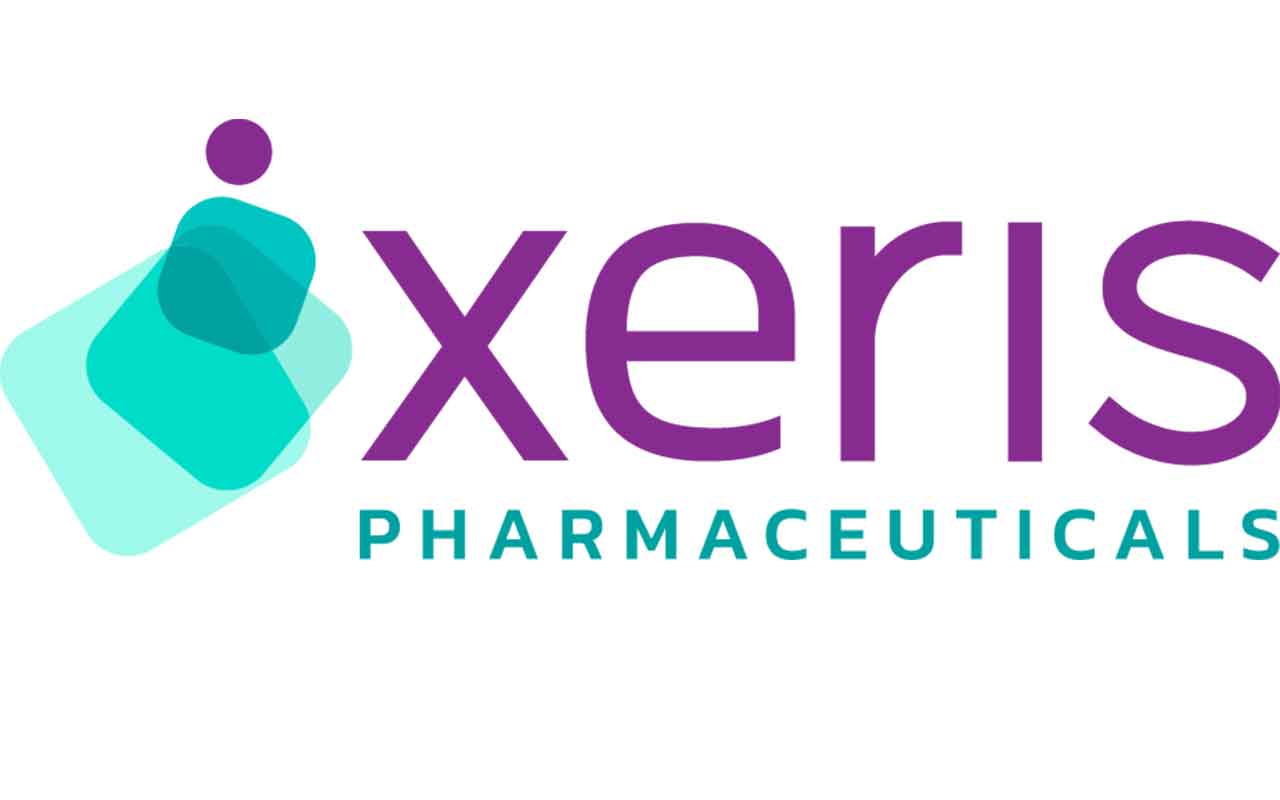
Xeris Pharmaceuticals
- Market value: $310.9 million
- Xeris Pharmaceuticals (XERS, $11.54) isn’t exactly among the most well-known of biotech stocks, but June 10 could be a day that puts the small-cap company on more investors’ radars. That’s when the FDA is scheduled to make its final decision on the company’s glucagon rescue pen for sufferers of severe hypoglycemia in people with diabetes.
Hypoglycemia is, in simplest terms, low levels of blood sugar. While it’s not the only cause of the condition, treating diabetes – the inability to keep blood sugar in check – can sometimes cause hypoglycemia.
It’s not exactly a new idea. Novo Nordisk (NVO) and Eli Lilly (LLY) have had such pens on the market for several years. Xeris’ so-called G-Pen, however, has an advantage on other pens already available to individuals that may experience symptoms such as heart palpitations, anxiety and shakiness due to their hypoglycemic condition. The glucagon formulation being utilized by Xeris Pharmaceuticals is stable and usable as-is, so it doesn’t require the pre-use mixing that alternative pens do. It’s easier and faster for individuals to use when speed and simplicity matter the most.
Although the expected June 10 decision on the G-Pen is narrowly focused on a small subset of the hypoglycemia, the company isn’t limiting its options to just that piece of the market. A Phase 2 trial of the same treatment for exercise-induced hypoglycemia is already underway, potentially widening its approved uses.
Profit and prosper with the best of Kiplinger's advice on investing, taxes, retirement, personal finance and much more. Delivered daily. Enter your email in the box and click Sign Me Up.

-
 How We Manage Our Finances Together: 'When You Keep Score, You Can End Up Resentful'
How We Manage Our Finances Together: 'When You Keep Score, You Can End Up Resentful'Douglas Boneparth, a certified financial planner, and his wife, Heather Boneparth, speak with Kiplinger about couples managing finances.
-
 I'm 45 and I've barely invested in the stock market. I recently inherited $50,000. What should I do?
I'm 45 and I've barely invested in the stock market. I recently inherited $50,000. What should I do?What should you do with a big inheritance? We asked a financial expert for advice.
-
 A Contrarian Approach Pays Off for This Bond Fund
A Contrarian Approach Pays Off for This Bond FundThe Dodge & Cox Income Fund has outperformed in 2025 thanks to its managers' fearless approach.
-
 The 24 Cheapest Places To Retire in the US
The 24 Cheapest Places To Retire in the USWhen you're trying to balance a fixed income with an enjoyable retirement, the cost of living is a crucial factor to consider. Is your city the best?
-
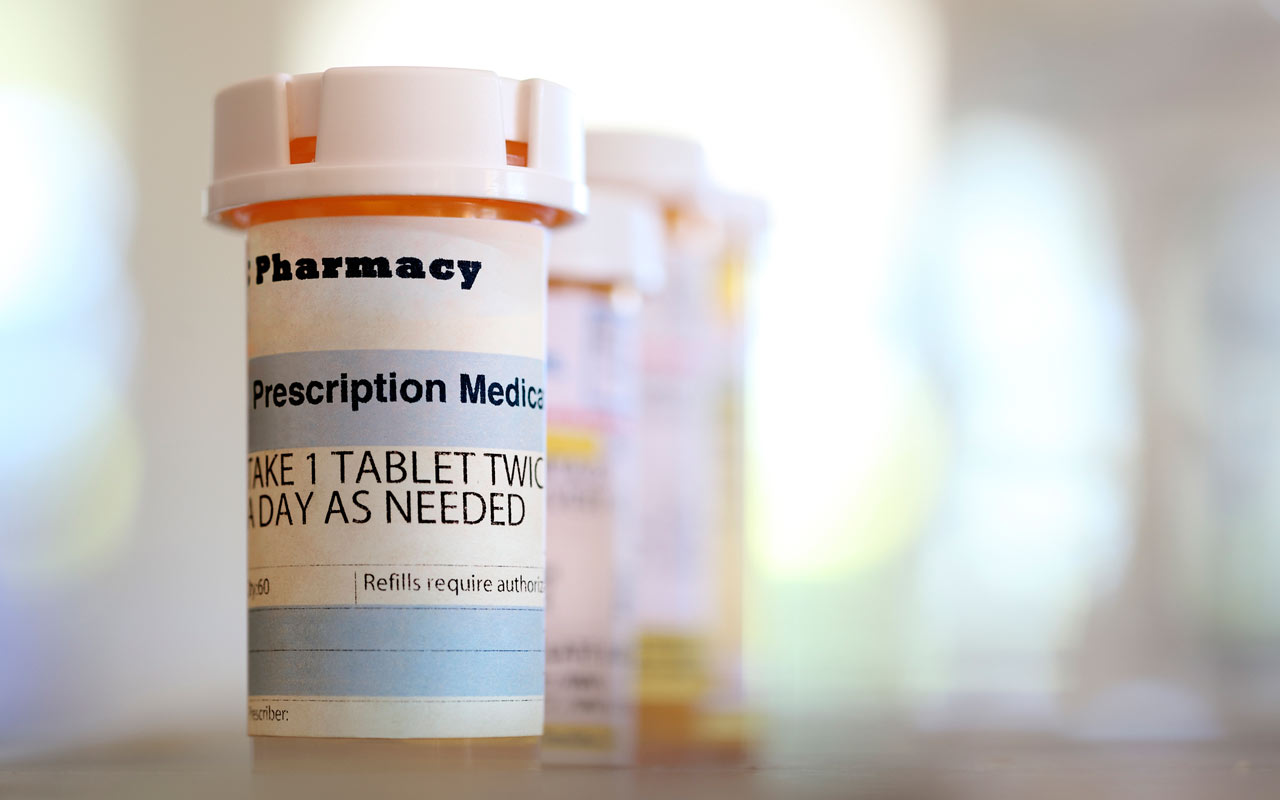 15 Cancer Drugs Are in Short Supply, FDA reports: The Kiplinger Letter
15 Cancer Drugs Are in Short Supply, FDA reports: The Kiplinger LetterThe Kiplinger Letter The U.S. is working to address cancer drug shortages caused by manufacturing and supply chain woes.
-
 5 Stocks to Sell or Avoid Now
5 Stocks to Sell or Avoid Nowstocks to sell In a difficult market like this, weak positions can get even weaker. Wall Street analysts believe these five stocks should be near the front of your sell list.
-
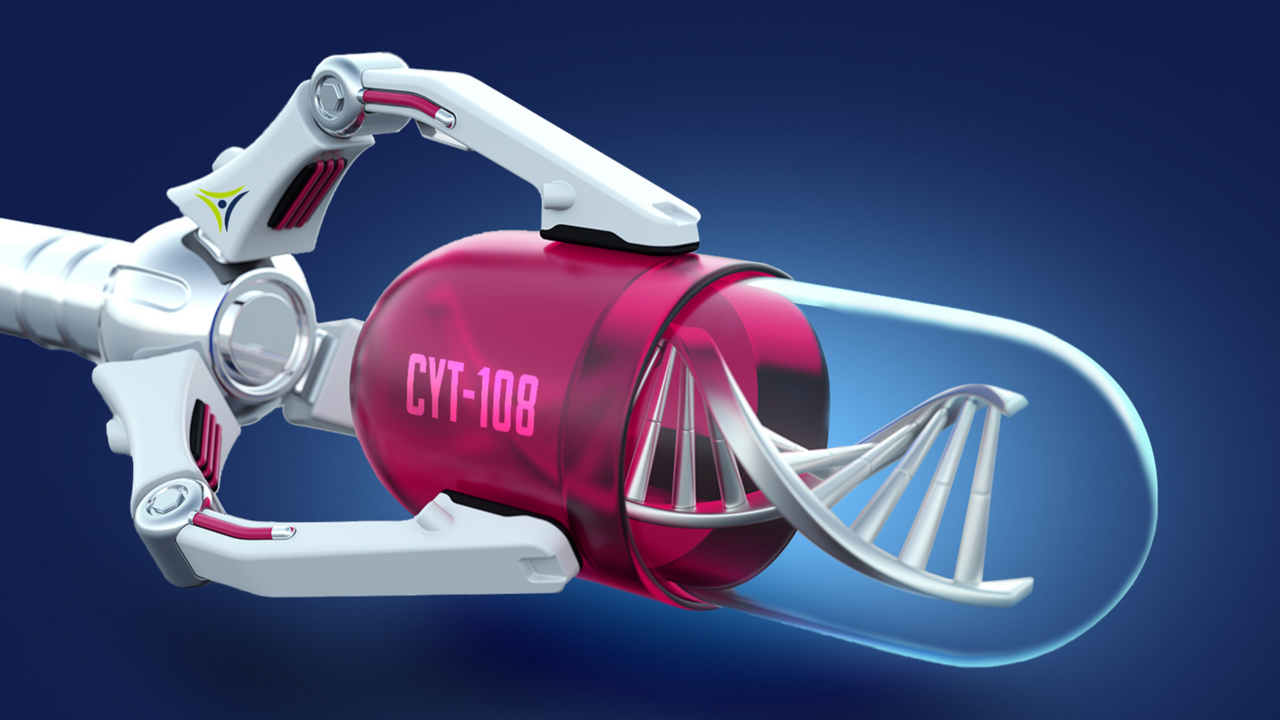 How Cytonics' Developed a Revolutionary Treatment for Osteoarthritis, Solving a $240B Problem
How Cytonics' Developed a Revolutionary Treatment for Osteoarthritis, Solving a $240B ProblemSponsored Sponsored Content by Cytonics
-
 Weed Legalization in Florida Gains Ground: This Week in Cannabis Investing
Weed Legalization in Florida Gains Ground: This Week in Cannabis InvestingEnough signatures have been gathered to take recreational weed legalization efforts in Florida to the next step.
-
 Best Stocks for Rising Interest Rates
Best Stocks for Rising Interest Ratesstocks The Federal Reserve has been aggressive in its rate hiking, and there's a chance it's not done yet. Here are eight of the best stocks for rising interest rates.
-
 The Five Safest Vanguard Funds to Own in a Volatile Market
The Five Safest Vanguard Funds to Own in a Volatile Marketrecession The safest Vanguard funds can help prepare investors for market tumult but without high fees.
-
 The 5 Best Inflation-Proof Stocks
The 5 Best Inflation-Proof Stocksstocks Higher prices have been a major headache for investors, but these best inflation-proof stocks could help ease the impact.
